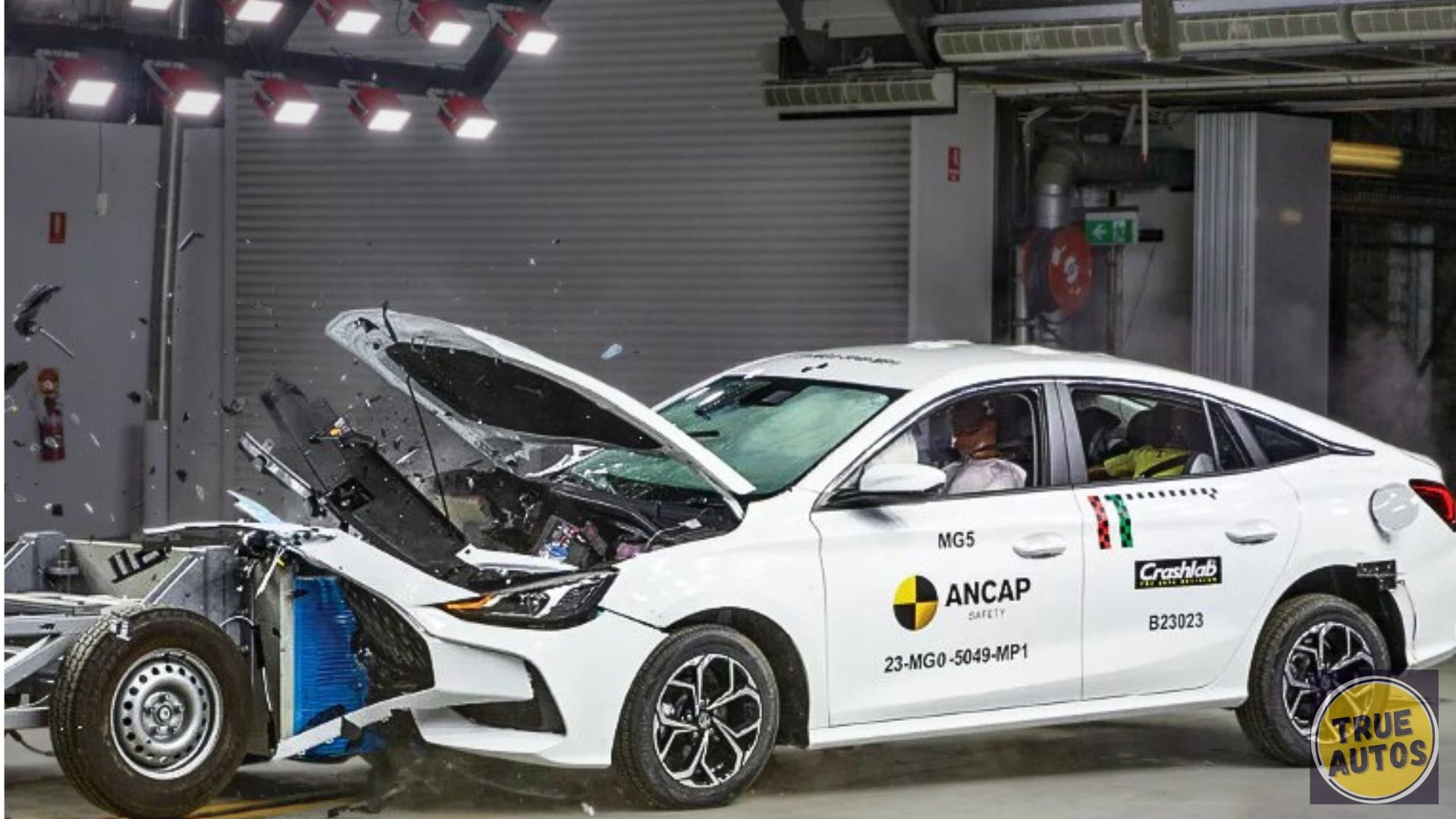The MG 5: 0-ANCAP Safety Rating Analysis
The MG 5 made its debut in Australia in August 2023, marking its entry into the competitive automotive market. As part of the evaluation process, the vehicle underwent rigorous testing by the Australasian New Car Assessment Program (ANCAP), with the safety rating applicable to all variants of the model. Let’s delve into the detailed analysis of the ANCAP safety rating report for the MG 5.
Safety Features and Equipment
Standard on the MG 5 are dual frontal airbags, alongside side chest-protecting and side head-protecting airbags. However, notably absent is a center airbag to prevent occupant-to-occupant interaction. Additionally, seatbelt pre-tensioners are not installed for either the front or rear seating positions, although a seatbelt reminder system is present for the front seats only.
Autonomous emergency braking (AEB) is included, but it is limited to car-to-car and vulnerable road user scenarios. Junction, crossing, and head-on AEB functionalities are not available, and neither is a lane support system, blind spot monitoring, or a speed limit information function.
Structural Integrity and Performance
During the frontal offset (MPDB) test, the passenger compartment of the MG 5 remained stable, but protection for critical body regions varied. The driver’s head protection was rated as marginal, with poor ratings for chest deflection and protection of the upper and lower legs. Conversely, the front passenger received adequate chest protection and good head protection.
In the full-width frontal test, neck, and chest protection for the driver were marginal, while protection for other critical body regions was good. However, the rear passenger experienced poor chest protection due to chest deflection and seat belt loads exceeding injury limits. Additionally, the pelvis of the rear passenger suffered from poor protection, indicating a risk of abdominal injury.
Side Impact and Child Safety
The MG 5 performed well in the side impact test, with good protection for all critical body regions of the driver. However, protection for the rear passenger’s head was rated as weak. In terms of child safety, the vehicle is fitted with lower ISOFix anchorages and top tether anchorages for all rear seating positions. However, a child presence detection system is not available.
Pedestrian and Cyclist Safety
The MG 5 provided predominantly adequate or marginal protection to the head of a struck pedestrian, with weak and poor results recorded in certain areas. The vehicle is equipped with an AEB system capable of recognizing and reacting to pedestrians, although its performance was marginal in pedestrian test scenarios, particularly at night.
In AEB cyclist test scenarios, the performance of the system was weak, with limited mitigation observed. Moreover, there is no system to prevent or mitigate impacts with a passing bicycle. However, the vehicle demonstrated good performance in forward motorcyclist AEB tests.
Conclusion
While the MG 5 offers some safety features and performs adequately in certain tests, there are notable areas of concern, particularly regarding occupant protection and the effectiveness of advanced safety systems. As consumers prioritize safety in their purchasing decisions, manufacturers must continually strive to improve the safety performance of their vehicles to ensure the well-being of drivers, passengers, pedestrians, and cyclists alike.

